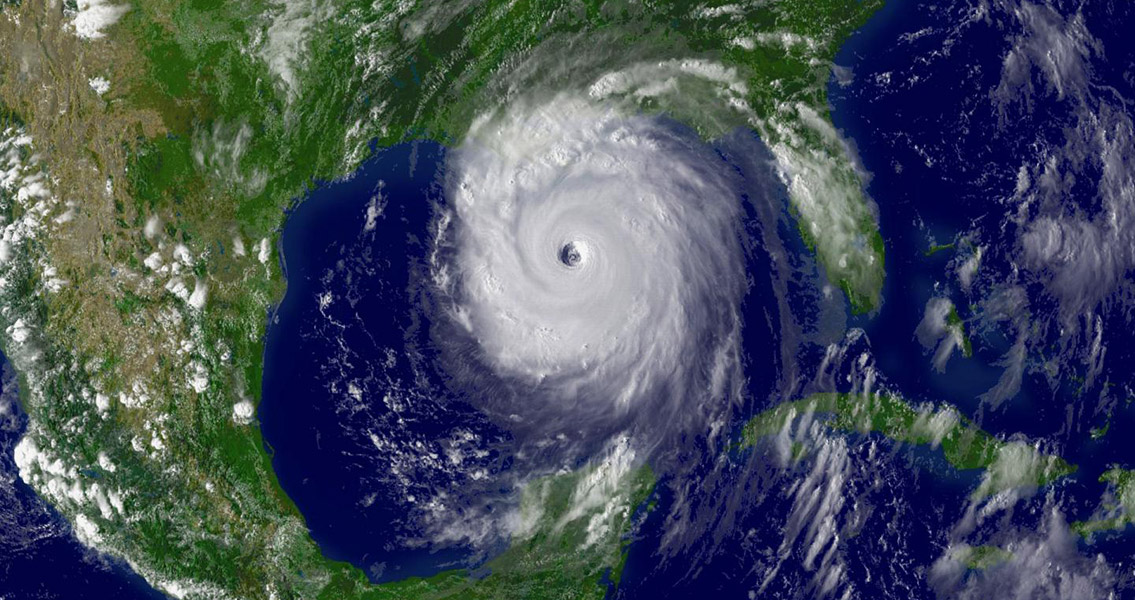<![CDATA[A pioneering new piece of research has combined records of shipwrecks and tree ring analysis to study 500 years of hurricane history in the Caribbean. It is the first study of its kind to use shipwrecks as a proxy for hurricane activity, and has the potential to inform predictions on shifts in hurricane patterns that occur as a result of climate change. The researchers, led by the University of Arizona, discovered that the period between 1645 and 1715 witnessed a 75 percent reduction in hurricanes. "We're the first to use shipwrecks to study hurricanes in the past," said Valerie Trouet, the study's lead author and an associate professor in the University of Arizona Laboratory of Tree-Ring Research. "By combining shipwreck data and tree-ring data, we are extending the Caribbean hurricane record back in time and that improves our understanding of hurricane variability." she explained in a press release from the university. An annual record of hurricanes dating back to 1500, shortly after Columbus first reached the Caribbean, has been provided by the new study. Columbus setting foot in the New World caused a dramatic change on the waves of the Caribbean. Within a few years it became a hub of shipping, with Spanish vessels in particular passing through the region as the country's empire took advantage of the resources discovered in the Americas. Spanish authorities kept detailed records of the ships passing through the region, not least because they were often transporting gold and other valuable goods which provided vital income for the burgeoning Spanish kingdom. These detailed historical records allowed the University of Arizona led team to chart hurricane activity, the primary source of Caribbean shipwrecks. Along with the records by Spanish shipping authorities, the team used some unexpected sources to gather information. "Shipwrecks in the Americas: a complete guide to every major shipwreck in the Western Hemisphere," by Robert A Marx, a book often used by treasure hunters, provided the researchers with a detailed overview of shipwrecks in the Caribbean. The shipwreck data was cross referenced with tree ring chronology data of hurricanes in the region from Florida Keys. For the periods 1707 - 1825, and 1825 - 2009, the patterns matched, confirming the correlation between shipwrecks and hurricanes. Overlapping the tree ring data with the shipwreck data revealed the 75 percent reduction in hurricanes between 1645 and 1715, which coincided with a period known as the Maunder Minimum when low sunspot activity resulted in the Earth receiving less solar radiation. The fact a drop in hurricane activity occurred at the same time as the Maunder Minimum will help researchers better understand the connection between solar radiation and hurricanes. The team's catalogue of hurricane data from the last 500 years could help predict hurricane activity in the future, as the world passes through a period of drastic climate change. Global climate models suggest hurricanes will be more intense as the climate warms, although figures are from exact and aren't specific to individual regions. This new study could help change that, allowing better hurricane prediction. "We're providing information that can help those models become more precise," said Trouet. Titled "Shipwreck Rates Reveal Caribbean Tropical Cyclone Response to Past Radiative Forcing", the team's paper was published this week by the Proceedings of the National Academy of Sciences. For more information: www.pnas.org Image courtesy of NOAA]]>
Study Links Shipwrecks, Hurricanes and Climate Change
